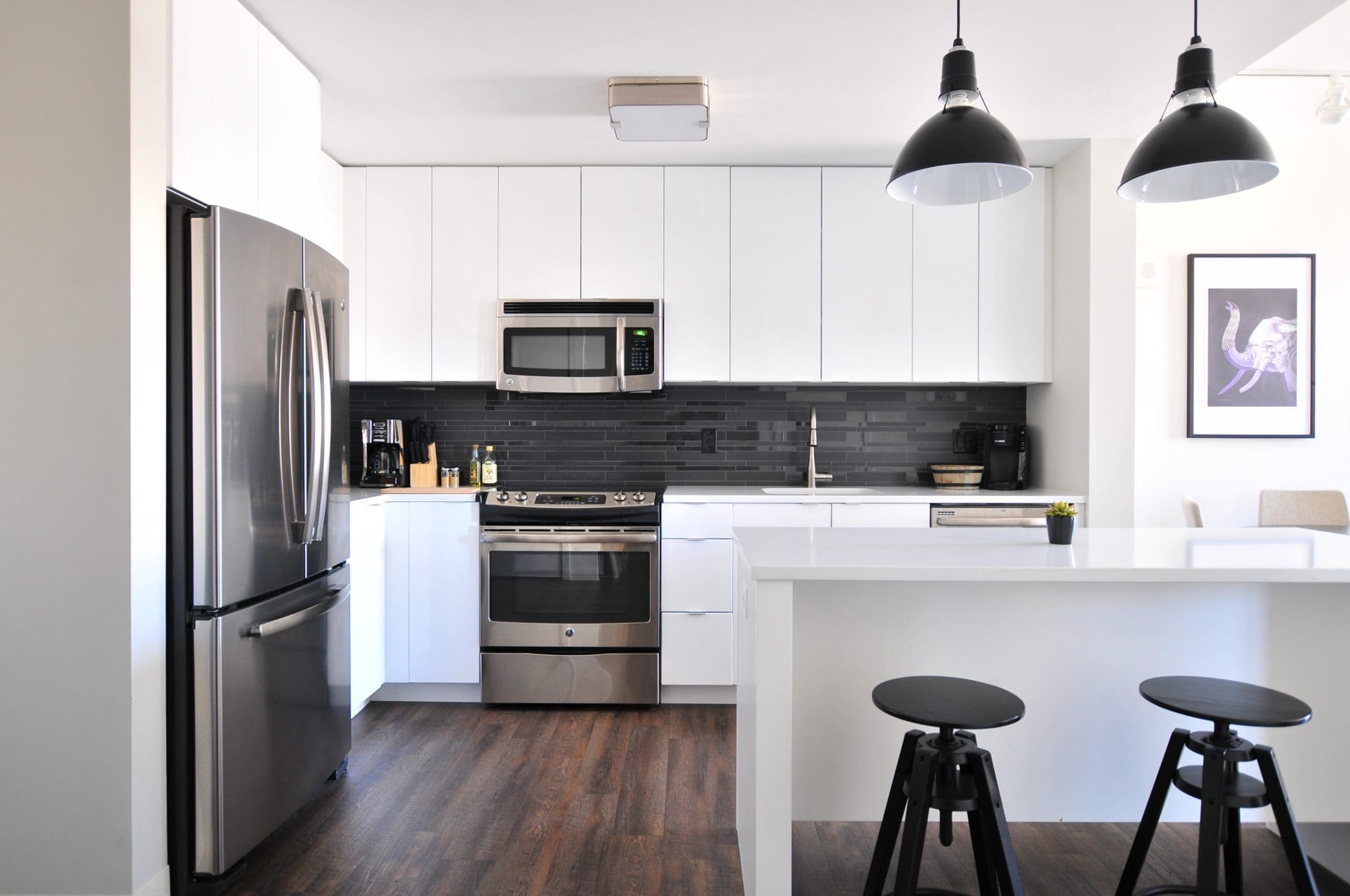New Home Market Update

The intricacies of the rental market are more complex than ever. Affordability challenges, changing demographics, and the single-family for-rent space add in extra layers of complexity when trying to determine future demand.

Our Director of Economic Research, Ali Wolf, sat down with our Managing Principal and multifamily guru, Kimberly Byrum, to get a glimpse into the rental market today and trends going forward.
Let’s start high-level. It’s commonly assumed that Millennials = renters. Does our data support that?
Unsurprisingly, roughly 40% of rental demand comes from those 25 to 44 years old. Now, this isn’t mutually exclusive with Millennials being the largest share of home buyers as well. Those born between 1980 and 2000 are the largest living generation so there’s a lot of demand to go around.
What happens to rental demand after the age of 44?
Our estimates calculate that a fifth of housing demand comes from those 45-64 years old, but there’s a clear shift towards homeownership for that age range.
So age clearly matters. What about income?
Everyone talks about affordable housing but what we really need is more attainable housing, for-sale and for-rent. Apartments that are targeted for households making $50,000-$75,000 a year will hit the sweet spot for demand. Not only is there an immediate need, but the tenants will likely be your renter for a while.
How deep is the renter-by-choice market?
We actually see those making $100,000+ as the second-largest demand pool. In fact, almost a third of rental demand falls in that category. Renting may be a semi-permanent or permanent lifestyle choice to take advantage of the services and conveniences (we are seeing this increasingly with Boomers), but could also be the last stop before the transition to homeownership.
Given the discussed demand landscape, what are most of our clients developing?
Most are doing urban and suburban wrap, podium, or garden projects, which makes sense. I’d say 10% of our clients are focusing on attainable B and C apartments targeted for those earning $39,000 to $99,000. Existing rental communities on the market that fall in this category are facing obsolescence due to lower ceiling heights and outdated kitchen layouts. This provides an opportunity for developers to bring a fresh take on attainable apartments.
Speaking of fresh take, what are our clients asking about in terms of differentiation?
For years, the rental market has been in an amenity war. Today, amenities are important but the consumer is looking for something more than the typical box floorplan as well. We are seeing two-story units come back to play, even on units as small as 650 square feet. Now is the time to get creative with designing space to stand out from the competition. Keep in mind, everything we are working on is for 2023 and beyond for deliveries.
Even with product diversification, picking the right amenities and finishes are critical though, right?
Yes, many people don’t know that we survey renters to identify what they are willing to pay for. This gives us good intel of what’s nice-to-have versus a must-have. Based on our research, consumers really care about a private courtyard with garden seating, (interestingly) a steam room/sauna, walk-in closets, and stainless steel appliances.
Ok, so we covered demographics, floorplans, and amenities. What about the top markets to watch for 2020?
There are so many unique things going on market-by-market that it’s hard to narrow the list. I’ll start with Oakland, California, though. Oakland is going through a renaissance with interesting real estate developments bringing new life to the market. I think it will be really interesting to watch over the next 24 months with high-rise units hitting the market and offering a less expensive alternative to the central part of the Bay Area.
Makes sense. I have a few Millennial friends who have moved to Oakland for those exact reasons. Where else?
I recently compiled a list of under-the-radar markets for multifamily development in the US, including Reno, Colorado Springs, and Boise. Besides those, Phoenix and Vegas are two markets that stand out with strong demand. It’s well-documented that these were some of the markets that were the last to come out of the last recession. In Las Vegas, in particular, the housing pipeline hasn’t caught up with demand and I think the market is still in full expansion mode. Demand is also really firm in Dallas, Austin, and Houston.
Great. Now finally, what’s ahead for the multifamily market?
I’m excited about the hotel mixed-use projects that will hit the market in the next few years. For these projects, hotel operators and apartment developers work together to offer livability on day one. The hotel acts as a base for amenities and concierge services and provides instant energy since retail is already in place.
Kimberly believes overall occupancy will improve and actually hit the highest we’ve seen based on demand trends. There are markets and submarkets where there’s hyper-competition that will limit occupancy growth but that doesn’t mean new product won’t be highly valued if well-designed and well-located.